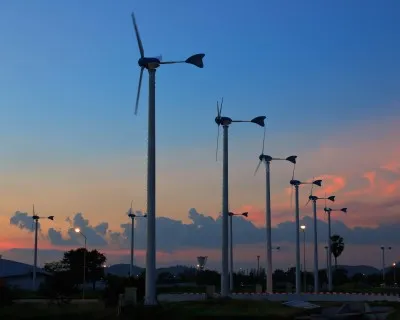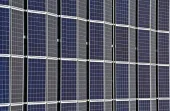
KEPCO's preliminary 1H profits surged 46.5% to a whopping KRW6.3tr
Thanks to falling fuel and electricity costs.
KEPCO may well be popping the champagne as early as now. Official earnings report is yet to go out, but preliminary release showed that profits rose to KRW6.3tr in 1H2016.
"KEPCO's strong operating performance in 1H 2016 helped the company reduce its debt and therefore will strengthen its financial headroom against its sizeable capital expenditure and the execution risk associated with new capacity under construction," says Mic Kang, a Moody's Vice President and Senior Analyst.
According to KEPCO's preliminary earnings release, it continued to record strong improvements in its operating performance. Its unaudited consolidated operating profits rose to KRW6.3 trillion in 1H 2016 from KRW4.3 trillion in 1H 2015, after operating profits almost doubled to KRW11.3 trillion in 2015 from KRW5.8 trillion in 2014.
The improvement in KEPCO's operating profits was mainly driven by (1) an 18% year-on-year fall in generation fuel costs, (2) a 15% fall in the costs of purchasing electricity from independent power producers, and (3) a near-absence of tariff cuts since June 2015.
The reduction in fuel costs and electricity purchase costs, in turn, was a result of the lower prices for coal and liquefied natural gas (LNG) and increased generation volume from less costly nuclear reactors and coal-fired power plants.
KEPCO's reported debt continued to fall to around KRW56 trillion at 30 June 2016 from KRW59 trillion at end-2015, thanks mainly to its solid operating performance and cash flows from operations.
Moody's estimates that KEPCO's funds from operation (FFO)/debt and FFO/interest ratios improved to around 32% and 8x during the 12 months to 30 June 2016, up from 28.5% and 7.5x in 2015.
Moody's expects KEPCO will continue to exhibit a strong operating performance and strong operating cash flows over the next 12-18 months, owing to its commissioning of new baseload nuclear and coal-fired power plants and Moody's assumption of only a limited recovery in global fuel prices. Such factors will likely keep the utility's generation costs low.
With 11.3GW of coal-fired and nuclear plants scheduled for commissioning by 2017, KEPCO's baseload capacity will jump by a significant 22%, far outstripping our forecast of annual demand growth in the low-single digits over the same period. This means KEPCO will rely less on expensive LNG or oil-fired generators, unless the Korean government intends to increase generation from relatively environmentally friendly LNG-fired power plants through the implementation of favorable policies.
In addition, Moody's assumes that the government will not lower KEPCO's tariffs significantly to the extent that they match the fall in fuel prices in order to support KEPCO's large capital expenditure levels andto curb any excessive usage of electricity that may result from lower retail electricity prices.
As a result, Moody's projects that KEPCO's funds from operation (FFO)/debt and FFO/interest ratios to remain strong at 29%-32% and around 8x-9x over the next 12-18 months, stronger than the levels recorded in 2015, absent any unexpectedly strong rebound in fuel costs and/or any material tariff cut.



















 Advertise
Advertise







